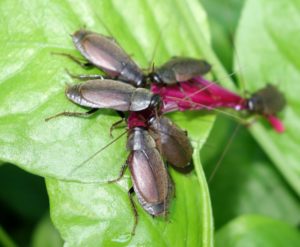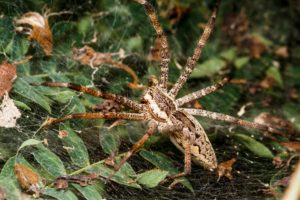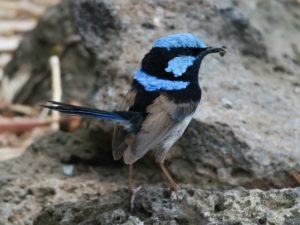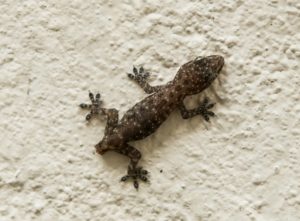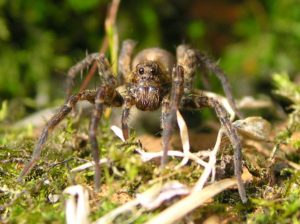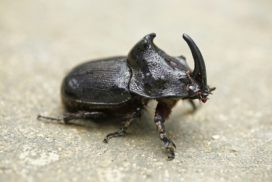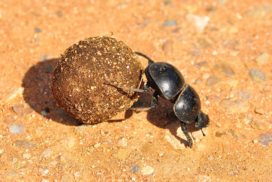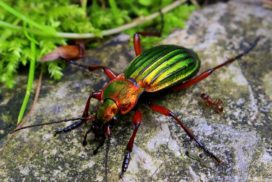WHY DO GIRDLER BEETLES KILL SELECTED BRANCHES OF THE MIMOSA TREE?
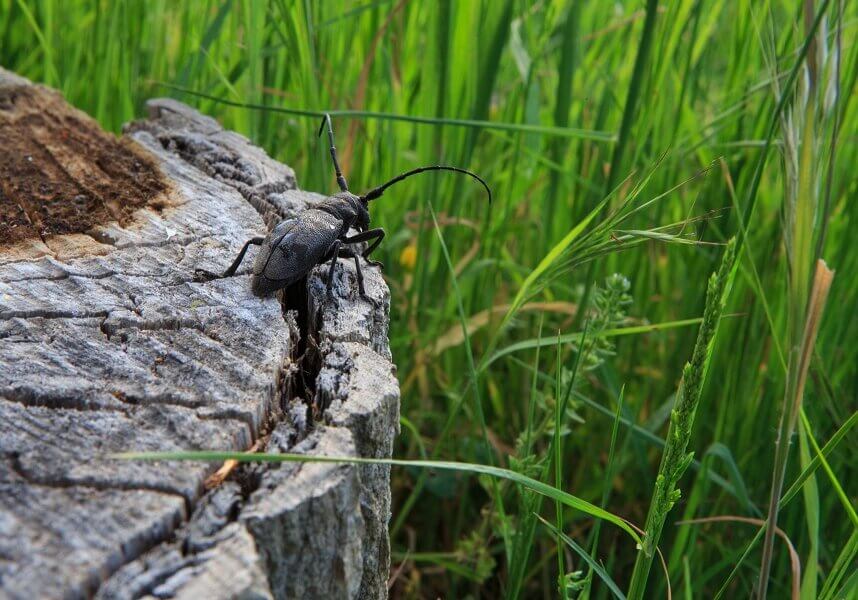
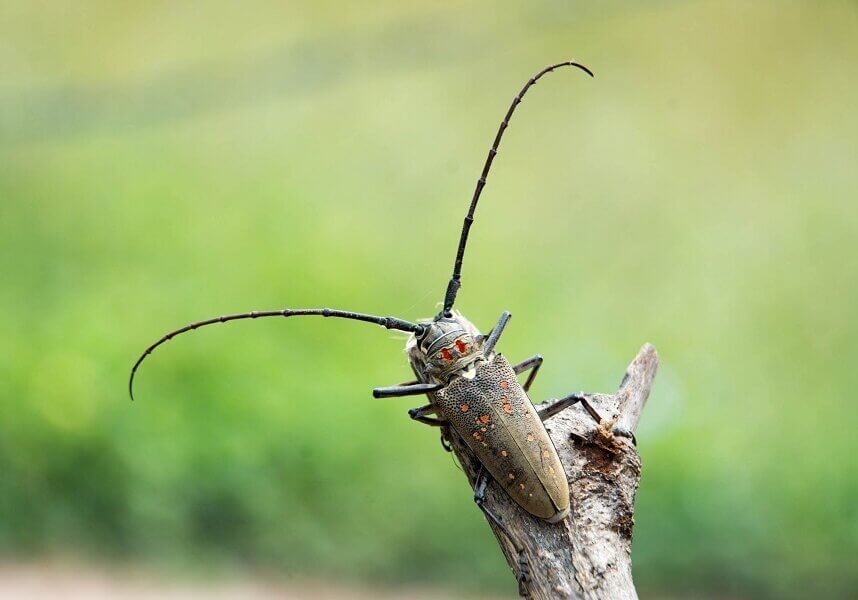
The mimosa girdler beetle somehow knows that its eggs cannot hatch in wood that has not dried. It lays its eggs near the end of the branch and crawls back to the middle and kills it.
The mimosa girdler beetle does this by cutting a circle around the bark of the selected tree branch, thick enough to cause the selected part to dry and fall to the ground.
Amazingly, the mimosa tree benefits from the pruning it undergoes as the mimosa girdler propagates itself. The mimosa tree lives twice as long as it would otherwise live, without being pruned.
Twig Girdling Beetle
The twig girdling beetle does a similar thing. It lays eggs in a twig and kills the twig by chews around it.
After the twig dries, the wind blows it off, and it falls to the ground with the eggs inside. When you see the fallen twig, it looks as if someone cut it off carefully using a knife.
The eggs hatch after three weeks and feed on the dried branch, spending the winter inside it. The larvae are full-grown in the spring and turn into pupae.
Adult long-horned beetles emerge in summer and start the cycle again. The name fits the long antennae that almost equal the beetles in length.
Recent posts
Join us on social media or subscribe!
Sign up to receive our articles in your inbox!
Enter your name and email address below to subscribe.
